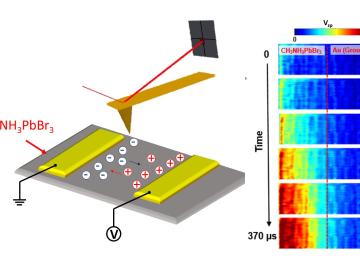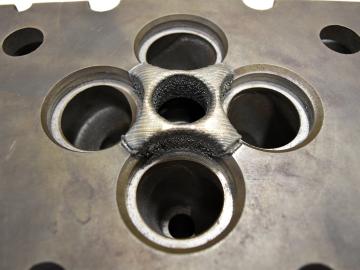
Filter News
Area of Research
News Type
Date
News Topics
- 3-D Printing/Advanced Manufacturing (1)
- Artificial Intelligence (3)
- Big Data (3)
- Buildings (3)
- Chemical Sciences (2)
- Clean Water (2)
- Climate Change (5)
- Composites (2)
- Computer Science (1)
- Critical Materials (1)
- Cybersecurity (1)
- Decarbonization (2)
- Energy Storage (3)
- Environment (3)
- High-Performance Computing (2)
- ITER (1)
- Machine Learning (2)
- Materials (2)
- Materials Science (2)
- Neutron Science (1)
- Nuclear Energy (1)
- Polymers (1)
- Simulation (3)
- Sustainable Energy (2)
- Transportation (3)
Media Contacts
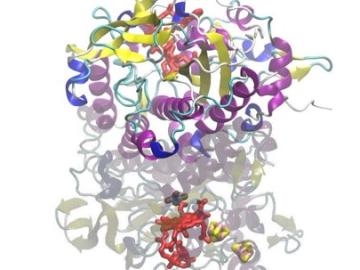
An Oak Ridge National Laboratory-led team discovered a function of certain microbes that produces a new derivative of vitamin B12, which is crucial to a cell’s ability to perform life-sustaining metabolic activities. Their findings could ultimately open avenues for novel environmental and water clean-up strategies.
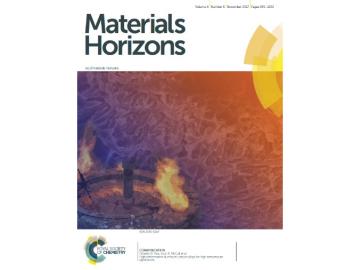

Geospatial scientists at Oak Ridge National Laboratory have developed a novel method to quickly gather building structure datasets that support emergency response teams assessing properties damaged by Hurricanes Harvey and Irma. By coupling deep learning with high-performance comp...
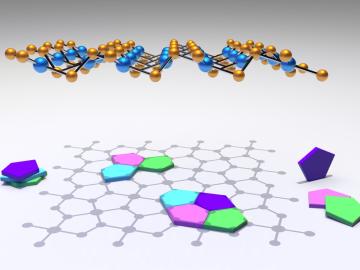
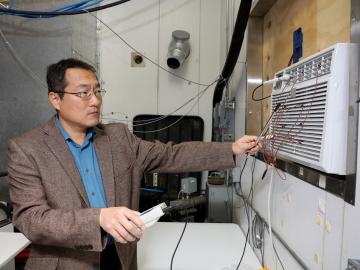
Cooling homes and small office spaces could become less costly and more efficient with new early stage technology developed by Oak Ridge National Laboratory. Researchers designed a window air conditioning unit that uses propane as the refrigerant, cooling the air with 17 percent h...
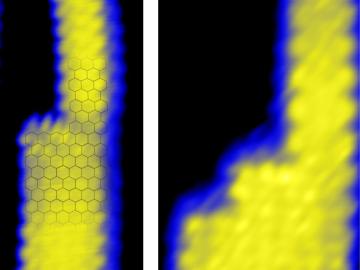
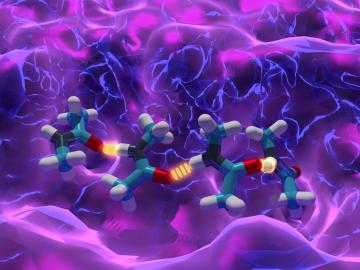

A new Oak Ridge National Laboratory-developed method promises to protect connected and autonomous vehicles from possible network intrusion. Researchers built a prototype plug-in device designed to alert drivers of vehicle cyberattacks. The prototype is coded to learn regular timing...
